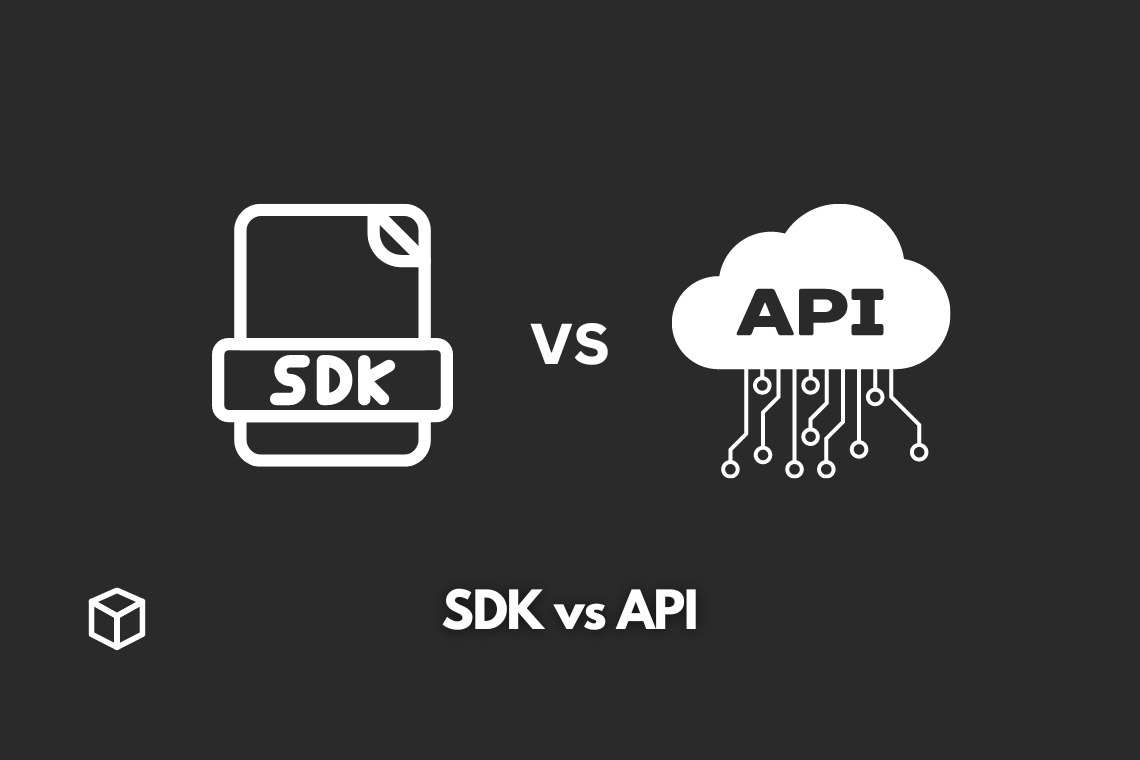When it comes to software development, two common terms you might hear are “SDK” and “API”.
But what exactly do these terms mean?
And more importantly, how do they differ from each other?
Understanding the differences between SDKs and APIs is crucial for any developer, as it can help you choose the right tools for your project and ensure that you’re using them in the most efficient way possible.
SDKs (Software Development Kits)
A Software Development Kit, or SDK, is a collection of tools and resources that developers can use to build software for a specific platform or programming language.
SDKs typically include pre-built libraries, documentation, and sample code that can help developers get started with creating new applications.
Some common examples of SDKs include the Facebook SDK, which allows developers to add Facebook functionality to their apps, and the Google Maps SDK, which enables developers to embed maps and location data into their apps.
One of the main advantages of using an SDK is that it can make the development process much easier.
SDKs provide developers with pre-built functionality that they can use right out of the box, which can save a lot of time and effort.
Further, SDKs often come with detailed documentation and sample code, which can help developers quickly understand how to use the tools provided.
APIs (Application Programming Interfaces)
An Application Programming Interface, or API, is a set of rules and protocols that enables different software systems to communicate with each other.
APIs allow developers to access the functionality of one system from another, without having to know the underlying details of how the system works.
Some common examples of APIs include the Twitter API, which allows developers to access data from Twitter, and the Stripe API, which enables developers to process payments in their apps.
One of the main advantages of using an API is that it can give developers a lot of flexibility.
Because APIs provide access to the functionality of a system rather than pre-built libraries, developers can use them to create a wide range of different applications.
Furthermore, because APIs are often built to be used by multiple systems, they can allow for easy integration with other tools and services.
Differences between SDKs and APIs
While SDKs and APIs may seem similar at first glance, there are several key differences between them.
SDKs are typically focused on a specific platform or programming language, while APIs are often designed to be used across multiple systems.
Moreover, SDKs provide pre-built functionality that developers can use right out of the box, while APIs typically provide access to the underlying functionality of a system.
When deciding whether to use an SDK or an API, it’s important to consider the specific needs of your project.
If you’re building an application for a specific platform, an SDK may be the way to go.
However, if you need to access data or functionality from multiple systems, an API might be a better choice.
Conclusion
In conclusion, SDKs and APIs are two important tools for software developers, and it’s important to understand the differences between them in order to make the most out of them.
SDKs are collections of tools and resources that make it easy to build software for a specific platform, while APIs provide a way for different software systems to communicate with each other.
By understanding when to use an SDK or an API, developers can ensure that they’re using the right tools for the job and building efficient and powerful applications.
Additional resources for learning more about SDKs and APIs include the official documentation provided by platforms and API providers, online tutorials, and developer communities.




